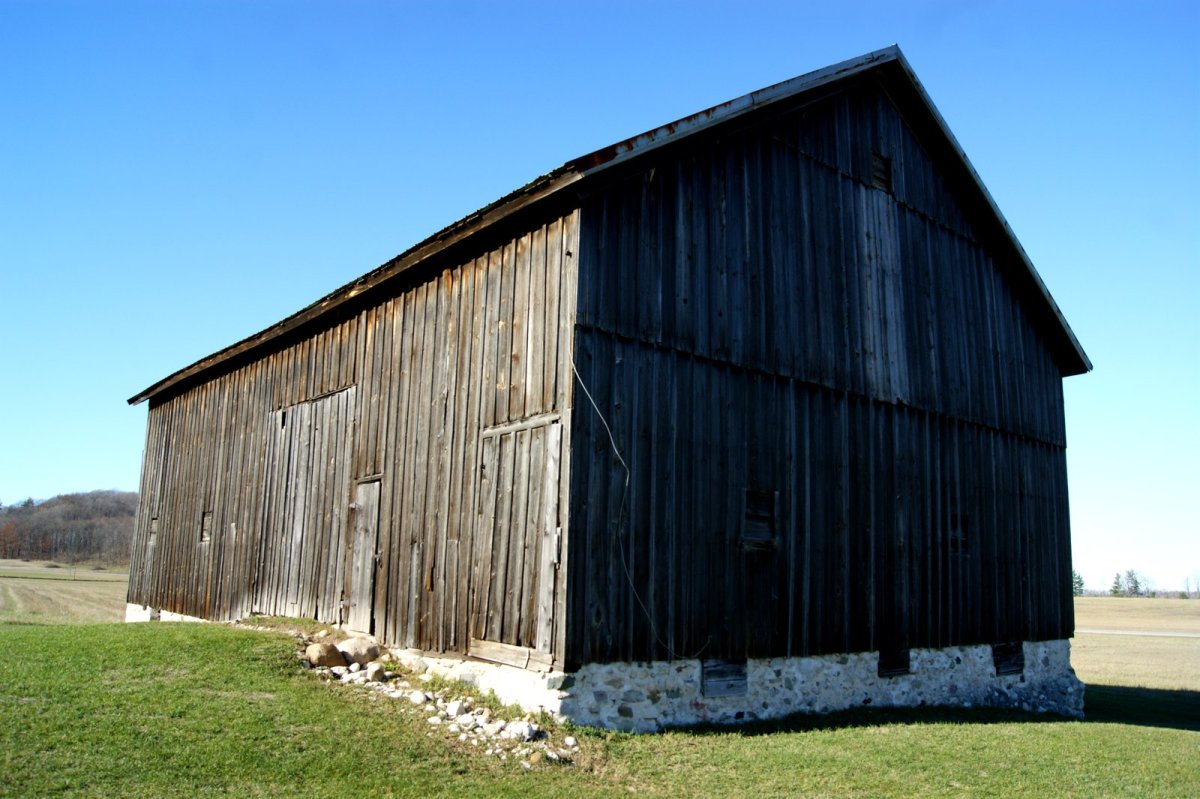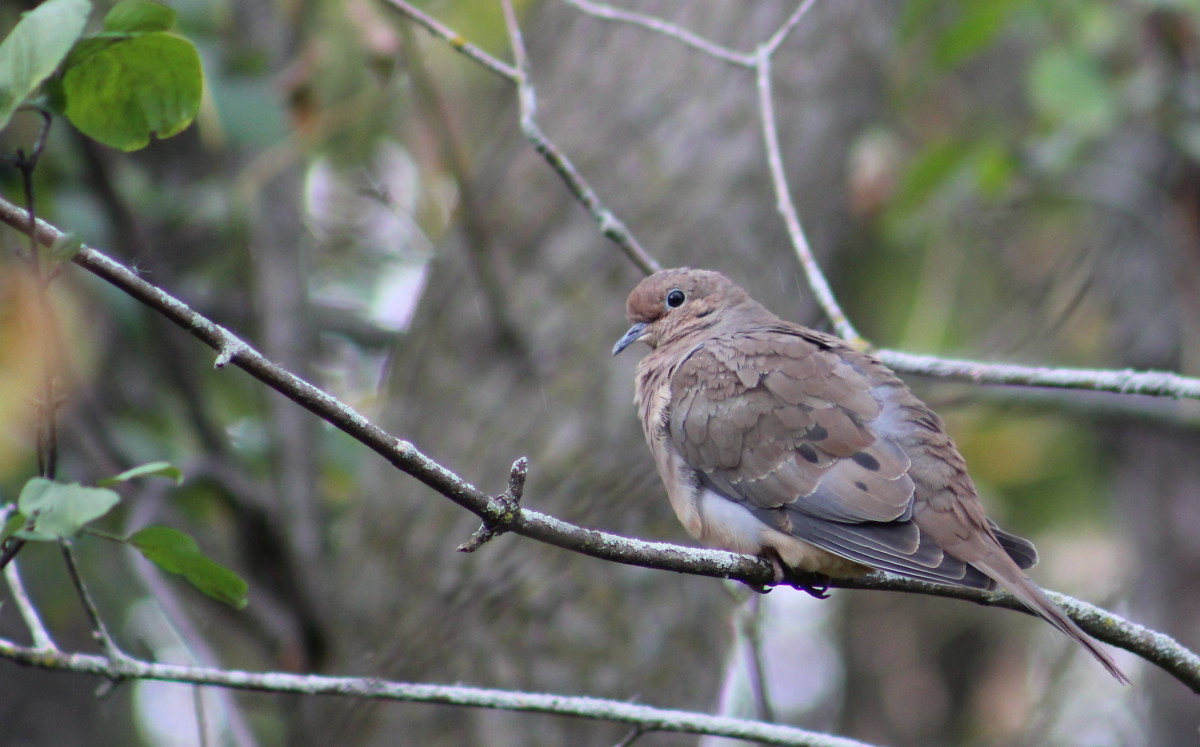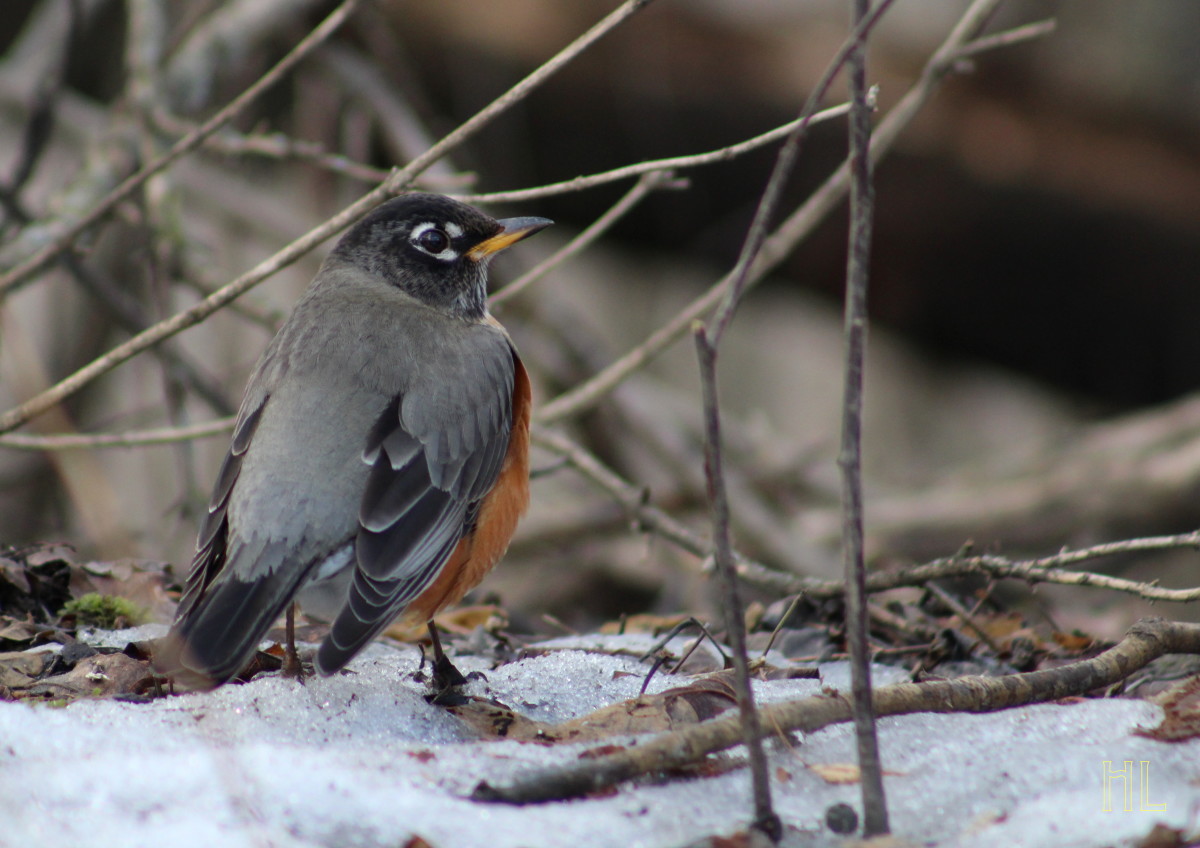Fusion, Genre Works and Photo Op Photography
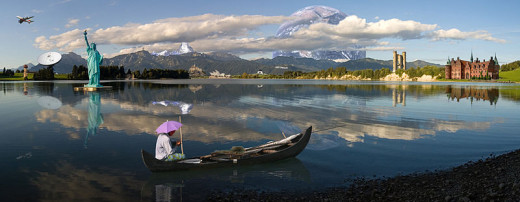
Three unusual photographic styles, which I'm sure few people have heard about are Fusion Photography, Genre Works and Photo op.
Each is subcategory of another photo style. For example Photo Op is a subcategory of Photojournalism, Genre Works of Street and Candid Photography. Fusion is a digital age child.
Fusion Photography is the art of taking two or more images and combining them together. In the days of film, although still done today, the process was called a sandwich; which entailed combining two slides, and copying them to create one image. With the many photo editing software programs now available this is quite simple to do.
The reason for this type of work is to add otherwise impossible elements to a photograph which without the digital formats would no be possible or highly impractical. An example would be of a couple dressed in their wedding attires, lovingly embracing while standing a the top of a misty mountain. Imaginable but very impractical.
The art associated with this style is to combine complementing images, so care has to be given to colors,textures, contrasts and realism. What sense does it make to have an image of a person standing on top of the Moon?. Photos have to aesthetically pleasing yet imaginable.
Most photographers within this style work at weddings and in portrait studios. This work can also be seen in art galleries and general photography publications, especially technical photo editing software publications.
Genre Works can be easily mistaken for street photography and for Candid Photography. The style involves capturing candid images of everyday people in everyday situations. Images from street scenes, parties, home scenes, market scenes are all categorized as Genre Works.
The difference between this style and street photography is that in street the emphasis is to capture people just going about their business and most always on the streets. Photos can have blurred lines, cropped parts and completely undistinguished subjects.
In Genre Works the subjects are people, can be distinguished and the images are technically sound. They just involve ordinary folk doing ordinary things. These can be staged, it can be of people you know, friends, relatives, even models. The point is to show mundane happenings.
The markets are in art galleries, poster manufacturers, postcards and photography publications. A painting style also called Genre Works developed during the Middle Ages, however Genre scenes were depicted as early as during the times of the Pharaohs.
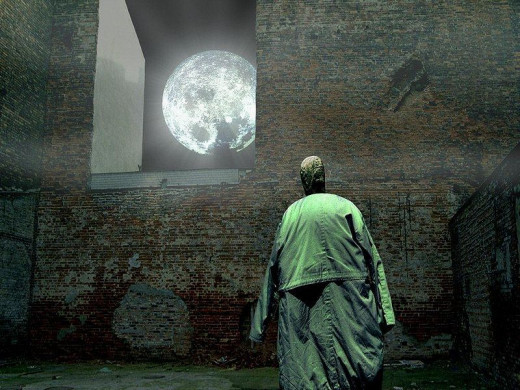
The last style is called Photo Op which is short for photo opportunity is not so much a style in photography as it is a term in photography used to describe an opportunity to photograph. This term is a relatively new term first used during the Nixon presidential era.
"The term was coined by the administration of US President Richard Nixon. William Safire credited its coinage to Bruce Whelihan an aide to Nixon Press Secretary Ron Ziegler. Ziegler would say Get 'em in for a picture, and Whelihan would dutifully announce to the White House press room, There will be a photo opportunity in the Oval Office.[2] " Wikipedia
This is a photography style because there are some photographers who exclusively attend events, rallies or staged situations just for the expressed purpose of capturing moments at these venues.
As it name strongly suggest, this style is aimed at capturing images of important political events, politicians, celebrities, memorable events. This word can also be used to refer to sudden photographic opportunities that arise out of disasters or mam made catastrophes.
As you can see, this style developed out of photojournalism and it's as much a part of it as photojournalism is of Photo Op. The same markets that exist for photojournalism also exits for Photo Ops images. Photo Ops are also used in biographical works and usually tied to specific personalities.
The term has been prone to abuse, particularly by politicians. Events such as tree plantings, kissing babies, visiting hospitals etc..are not really photo ops, but pre-planned staged events orchestrated for the benefit of the politician and it most always without fail happens during election time.
- Photo Montage - Free Online Photo Montage Maker | Fotor.com
Fotor.com offers online photo montage for free, try our montage photo editing feature now.
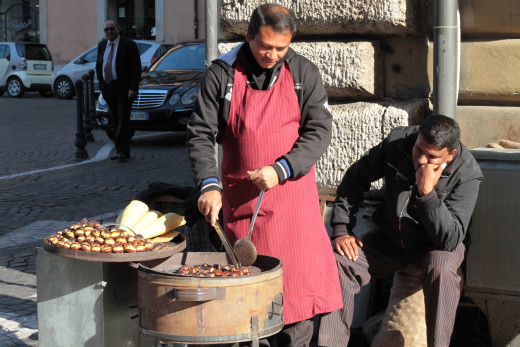
© 2011 Luis E Gonzalez




